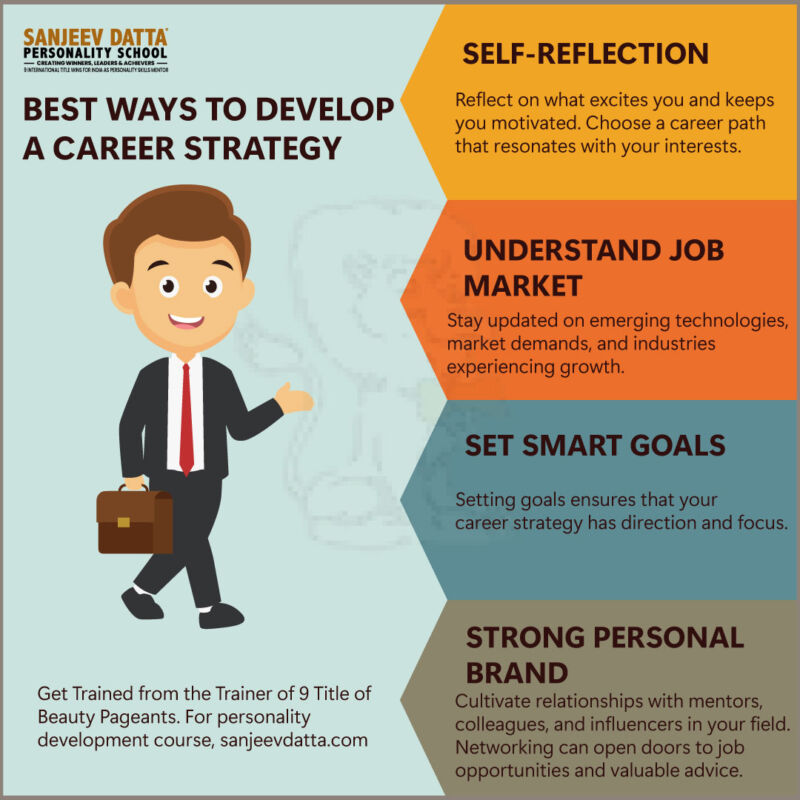The psychology of career stagnation often remains hidden beneath surface-level frustration, manifesting as lackluster performance, waning motivation, and the nagging sense of being “stuck” despite sincere effort. Understanding the mental and emotional dynamics behind this standstill is crucial for professionals who seek renewed purpose and advancement. This comprehensive exploration unpacks the psychological roots of career stagnation, highlights its telltale signs, and offers a step-by-step guide to breaking free, empowering readers to reignite growth, resilience, and long-term fulfillment.
Defining Career Stagnation
Career stagnation occurs when progress stalls, leaving professionals feeling that skills, responsibilities, and opportunities plateau. While external factors—organizational restructuring or market shifts—can trigger stagnation, internal psychological patterns often perpetuate the gridlock. Recognizing the interplay of both dimensions sets the stage for targeted intervention.
External vs. Internal Factors
- External: Limited advancement paths, outdated role design, economic downturns.
- Internal: Fixed mindset, fear of failure, comfort-zone bias, lack of self-awareness.
- Interactive Reflection: List recent moments when career growth felt blocked. Which external or internal factors dominated each scenario?
Psychological Roots of Stagnation
Identifying cognitive and emotional patterns that contribute to stagnation empowers professionals to dismantle barriers.
1. Fixed Mindset vs. Growth Mindset
A fixed mindset frames abilities as innate limits, leading to avoidance of challenges and defensiveness against feedback. Conversely, a growth mindset embraces learning from setbacks and views effort as a path to mastery. Transitioning from fixed to growth mindset lays the groundwork for renewed momentum.
2. Fear of Failure and Perfectionism
Perfectionism can masquerade as high standards but often paralyzes decision-making. Fear of mistakes erodes confidence, causing professionals to cling to safe tasks rather than pursuing innovative projects.
3. Comfort-Zone Bias
Predictable routines and familiar roles provide security, yet overreliance on comfort zones stifles skill development. Recognizing the security trade-off is essential for stepping into controlled discomfort.
4. Imposter Syndrome
Persistent self-doubt and the belief that one’s achievements result from luck undermine confidence. Imposter feelings discourage pursuing promotions or speaking up in meetings, reinforcing stagnation.
Interactive Prompt: Which of these psychological patterns most resonates? Journal an example and the impact it had on career choices.

Identifying Signs of Career Stagnation
Awareness of stagnation symptoms enables timely corrective action before disillusionment deepens.
- Diminished Engagement: Tasks feel tedious; enthusiasm wanes even for formerly enjoyable work.
- Skill Obsolescence: Lack of new training or challenges leads to outdated competencies.
- Feedback Avoidance: Defensive reactions or ignoring performance reviews indicates discomfort with growth signals.
- Flat Performance Reviews: Ratings plateau despite consistent effort—an organizational red flag.
- Emotional Drain: Frequent resentment, cynicism, or friction with colleagues results from unmet career expectations.
Consequences of Unaddressed Stagnation
Ignoring stagnation inflicts both personal and organizational costs.
1. Personal Burnout and Disillusionment
Persistent stagnation drains energy and purpose, heightening stress and depression risk.
2. Erosion of Market Value
Failure to update skills diminishes employability, leaving professionals vulnerable during layoffs or industry shifts.
3. Strained Relationships
Frustration spills over into team dynamics and external networks, reducing collaboration and support.
Quick Quiz: True or False: Career stagnation is solely an external phenomenon and cannot be reversed by personal effort. Ready to overcome the psychology of career stagnation? Transform your mindset and skillset with personalized coaching at our personality development training program.

A Step-By-Step Framework to Break Free
Reversing career stagnation requires targeted psychological and practical strategies. The following framework integrates mindset work, skill-building, and action planning.
1. Self-Assessment and Awareness
- 360° Feedback Collection: Gather insights from peers, mentors, and managers to uncover blind spots and growth opportunities.
- Psychometric Tools: Use validated assessments to map core strengths and preferences.
- Reflective Journaling: Document daily wins, challenges, and emotions to identify persistent thought patterns.
2. Goal Realignment and SMART Planning
- Reframe Aspirations: Shift from broad desires (e.g., “I want promotion”) to SMART objectives (e.g., “Lead a cross-functional project within six months”).
- Micro-Goals Creation: Break strategic goals into weekly milestones to maintain momentum and celebrate progress.
3. Cultivating a Growth Mindset
- Rewriting Self-Talk: Replace limiting beliefs (“I’m not creative”) with growth statements (“Creativity emerges through practice”).
- Deliberate Practice: Seek stretch assignments that challenge current competencies, focusing on feedback loops.
- Mentor Adoption: Partner with mentors who model resilience and lifelong learning.
4. Upskilling and Continuous Learning
- Skill Gap Analysis: Compare industry benchmarks to personal competencies; identify high-impact learning areas.
- Learning Modality Mix: Combine online courses, microlearning, peer workshops, and on-the-job training to reinforce knowledge.
- Learning Calendar: Allocate consistent weekly slots for skill development—treat them as non-negotiable appointments.
Visit: microlearning for professionals
Enhancing Professional Networks
Expanding and nurturing connections accelerates exposure to opportunities and insights.
1. Strategic Networking
- Value Exchange: Offer expertise or volunteer time in exchange for introductions.
- Industry Events: Attend conferences and webinars; prepare thoughtful questions to spark conversations.
- Online Communities: Engage in LinkedIn groups or specialized forums—share articles, comment thoughtfully, and connect with contributors.
2. Building Brand Ambassadorship
- Content Creation: Publish LinkedIn articles or short videos showcasing expertise and lessons learned.
- Peer Recognition: Endorse skills and write recommendations for colleagues—fosters reciprocal support. Break the cycle of stagnation and accelerate growth, enroll in our course today for proven personality development skills and expert guidance.

Taking Mindful Action and Iteration
Small, consistent steps fuel compounding progress.
1. Time Blocking and Prioritization
- Eisenhower Matrix: Categorize tasks by urgency and importance; focus on high-impact activities.
- Deep Work Slots: Reserve distraction-free periods for strategic thinking and skill development.
2. Accountability Structures
Peer Coaching Circles: Meet bi-weekly to share goals, progress, and obstacles.
Habit Trackers: Use digital tools to visualize streaks and receive reminders.
3. Celebrating Micro-Wins
Acknowledge incremental achievements—finishing a course module, securing a new contact—to sustain motivation.
Real-World Case Studies
Illustrative examples demonstrate theory in action.
1. Technology Team Lead’s Reinvention
A mid-career engineer, feeling overlooked for promotions, leveraged self-assessment to identify leadership gaps, completed a management certification, and initiated a cross-functional innovation sprint, resulting in a well-deserved promotion.
2. Marketing Professional’s Skill Pivot
An experienced marketer, frustrated by repetitive campaigns, embraced analytics courses and volunteered for data-driven projects. Within months, transitioned to a high-growth analytics role, rekindling career enthusiasm.
Visit: ways to practice mindful communication
Conclusion
A nuanced understanding of the psychology of career stagnation illuminates the mental barriers that hinder progress and the actionable pathways to break free. By conducting thorough self-assessment, embracing a growth mindset, upskilling strategically, and leveraging networks, professionals can reignite their trajectory and achieve sustained fulfillment. Integration of SMART planning, accountability structures, and iterative learning ensures that momentum endures. Begin applying these insights today to transform perceived career plateaus into launching pads for renewed growth and success.


